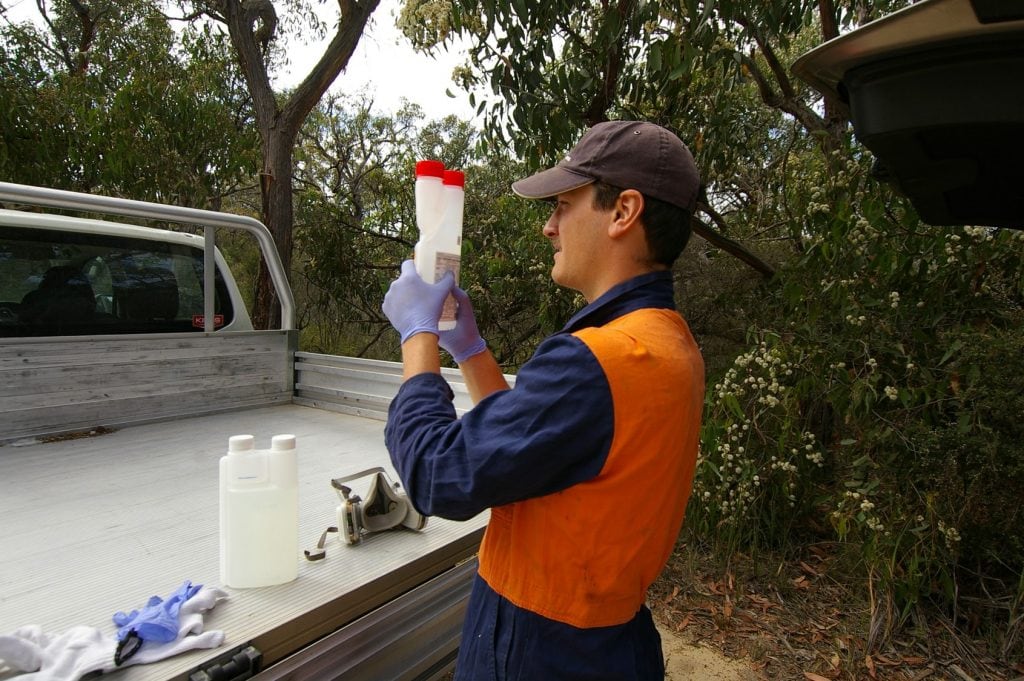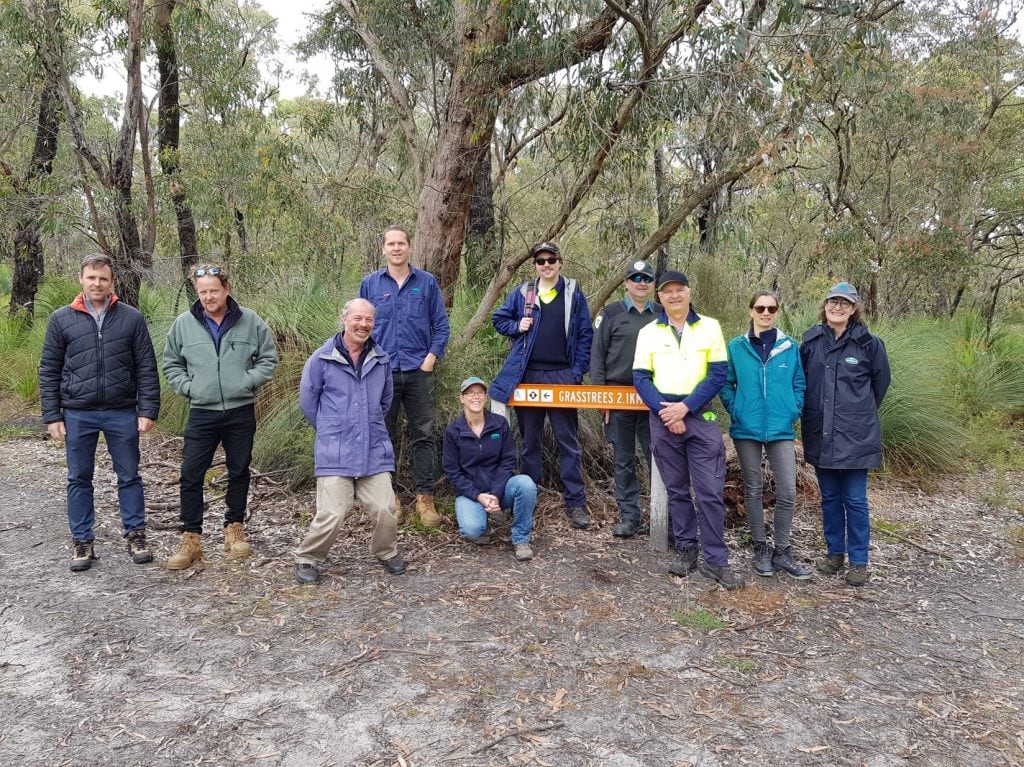A significant threat to the unique values of the Otways is a vegetation disease called dieback, caused by the introduced plant pathogen Phytophthora cinnamomi, it causes devastating dieback in native vegetation, particularly grasstrees, Banksia’s and other heathland plants.
Anyone who enjoys the rich biodiversity and beauty of the Otways has a role to play in controlling the spread of Phytophthora dieback.
Any activity that moves soil, water or plant material – even tiny amounts – can spread Phytophthora – this includes recreational activities such as bushwalking, off-road vehicle use as well as other activities including road building, land management, timber harvesting and mining.

Infested soil carried on cars, motorbikes, mountain bikes and shoes is one of the major causes of Phytophthora dieback spread in the Otways.
When a four-wheel-drive or walker’s shoe picks up Phytophthora-infested mud from an area where dieback occurs, the vehicle or individual can move the disease into new areas, including people’s gardens, leading to more plant deaths.
Dr Mark Garkaklis says the key to addressing this risk of spreading Phytophthora is to carry out good hygiene practices – visit the car wash on the way home, wash down your shoes and tyres to remove mud and use a brush to get into the difficult spots.
Despite the challenge, Phytophthora dieback presents, the Corangamite CMA’s Phytophthora Dieback Management project achieved significant milestones in 2021, like the ‘Priority Protection Area’ workshops for the Otways.
These workshops involved a collaborative process with key regional land managers and resulted in the declaration of seven priority sites in particular need of protection from Phytophthora dieback.
This year has seen the Phytophora Management Team make a big step in the use of a salt-like solution called Phosphite as a weapon against Phytophthora dieback.

Phosphite works by signalling to plants to turn on their defence mechanisms. When the plants’ defence mechanisms are turned on, plants usually killed by Phytophthora, like our iconic grasstrees, can defend themselves from attack.
Dr Mark Garkaklis says, “Everyone who explores and enjoys the Otways can help the Phytophthora Dieback Management Team in our battle against this destructive disease. The solution is straightforward, arrive clean and leave clean every time after a day in the bush”.
You can learn more about how you can take action and do your part in protecting the Otways from further devastation by downloading the Corangamite CMA’s Phytophthora Management Hygiene Guidelines here: https://ccma.vic.gov.au/wp-content/uploads/2022/07/14331-WILD-OTWAYS_WEB_V3.pdf.
This project is funded by the Australian Government.
64 Dennis Street, Colac VIC 3250
PO Box 159, Colac, VIC 3250
Hours: 8:30am – 5pm, Monday to Friday
T: 1800 002 262
E: info@ccma.vic.gov.au
BARWON WATER OFFICES
Hours: 8:30am – 5pm, Monday to Friday
All mail must be sent via our Colac office
PO Box 159, Colac, VIC 3250
T: 1800 002 262
E: info@ccma.vic.gov.au
 Close
Close